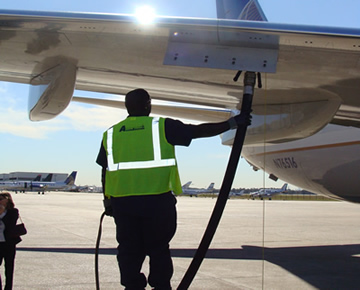Click for more.
Sustainable aviation fuel has the potential to contribute significantly to the abatement of greenhouse gas emissions in the aviation industry— by up to 50%, depending on the airline, according to a McKinsey & Company analysis.
But the SAF industry is still in its infancy. In 2024, production capacity will not exceed 1.5 million metric tons (Mt), barely 0.5 percent of total jet fuel needs, according to International Air Transport Association estimates. But McKinsey expects demand will rise, due to regulation and airline commitments. Based on the largest airlines’ voluntary pledges as well as mandates, airlines could use more than 20 million Mt of sustainable aviation fuel by 2030. The challenge, according to United Airlines CEO Scott Kirby, “is not that supply is limited. The issue is creating supply.
In the retail market, SAF currently costs around three times more than traditional jet fuel. Airlines would likely need to pass on some of these costs to customers via green premiums. In June 2024, Lufthansa, considered a leader in this space, introduced an environmental cost surcharge for flights departing from EU-27 countries. Aviation stakeholders can play an important role in facilitating the investment needed to expand production capacity. Here are four actions they can take:
• Individual agreements, known as “offtake” agreements, involve airlines agreeing to purchase fuel from fuel providers. The recent 980-million-liter deal between IAG International Airlines Group and Twelve indicates the industry’s readiness for substantial agreements.
• Partnerships and consortiums enable industry stakeholders to collaborate to pool demand. These arrangements are similar to offtake agreements that involve individual airlines but include multiple stakeholders—in some cases, even end customers such as corporations seeking to decarbonize their air travel.
• Direct investments from individual airlines into suppliers or projects are a viable strategy. For example, Norwegian Airlines and Cargolux invested in Norsk e-Fuel’s power-to-liquid plant in Norway. — SAF funds are typically set up by partners with a common interest in scaling production. Partners could include investors, scaled players in the SAF supply chain, other airlines and airports, aircraft manufacturers, or corporate customers looking to mitigate their Scope 3 emissions. These funds are relatively small— typically less than €500 million—so they will be able to provide only early funding rounds.


